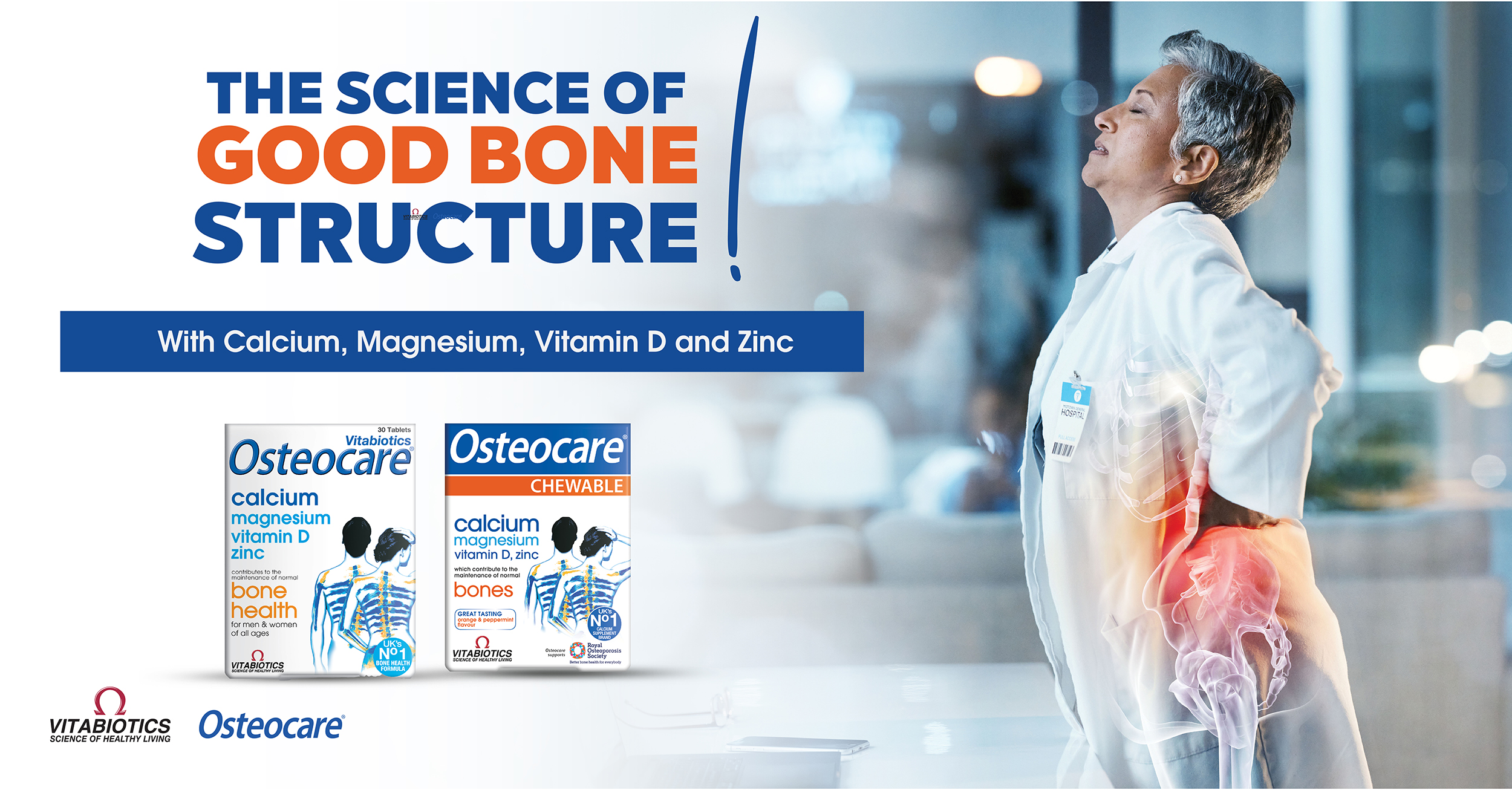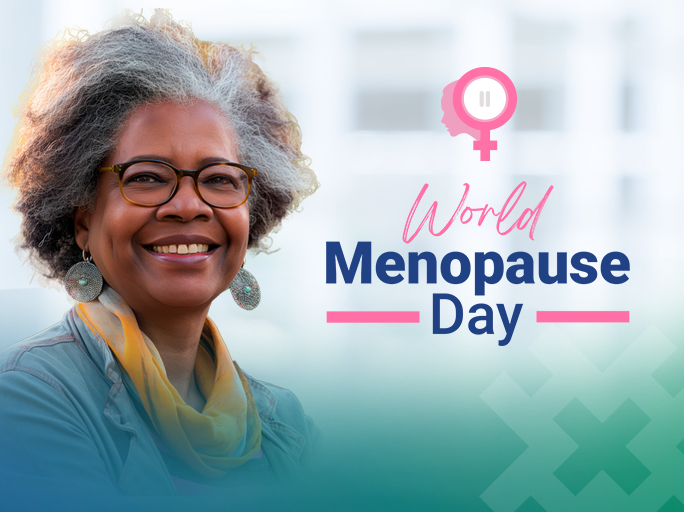2025, November 20
Understanding Osteoporosis: Insights from Dr. Mercy Serem

Dr. Mercy Serem, a Medical Doctor at The Nairobi Hospital specializing in Sports and Exercise Medicine, explains that osteoporosis has quietly become one of the most common bone diseases worldwide, yet many people only discover they have it after sustaining a fracture. She describes osteoporosis as a condition where bones gradually lose mass and strength, becoming weak, brittle and prone to what are known as fragility fractures. These fractures occur from very minor injuries, the kind that would not normally break healthy bones.
According to Dr. Serem, both men and women can develop osteoporosis, but women, especially those above 50, are at a significantly higher risk. Genetics, age and ethnicity also play a role, while lifestyle factors such as smoking, excessive alcohol consumption, low body weight, poor nutrition, vitamin D deficiency and physical inactivity further increase vulnerability. She notes that certain illnesses and medications can also lead to secondary osteoporosis, making routine medical evaluations important for individuals with chronic health conditions.
What makes the disease particularly concerning, Dr. Serem emphasizes, is its “silent” nature. “Many people have no symptoms until a fracture occurs, often in the hip, spine or wrist.” Spine fractures, she says, can go unnoticed yet lead to visible changes like loss of height, a curved upper back, or breathing difficulties. Beyond personal pain and disability, osteoporotic fractures also carry heavy social and financial consequences, and hip fractures, in particular, may come with alarmingly consequences.
Diagnosis typically involves a DEXA scan, which measures bone mineral density to determine the degree of bone loss. While laboratory tests are not required to confirm osteoporosis, they help uncover underlying medical causes and monitor treatment progress.
Dr. Serem explains that the main goal of managing osteoporosis is preventing fractures. This begins with addressing modifiable lifestyle factors: maintaining a balanced diet rich in calcium, vitamin D and protein, engaging in regular physical activity, quitting smoking and limiting alcohol. Supplements such as Osteocare Tablets and Chewable, rich in calcium and vitamin D formulations may also help individuals who are unable to meet the daily nutrient requirements through diet alone.
She highlights that medications for osteoporosis fall into two major groups: antiresorptive drugs that slow down bone breakdown, and anabolic agents that stimulate new bone formation. In some cases, hormonal therapy may be considered, though its risks often limit its use.
To conclude, Dr. Serem stresses that osteoporosis is preventable. Simple daily habits, adequate sun exposure, regular exercise, fall-prevention measures for older adults, and a nutrient-rich diet can significantly reduce one’s risk. Early awareness, she says, remains the most powerful tool.
 Back to Blog
Back to Blog





